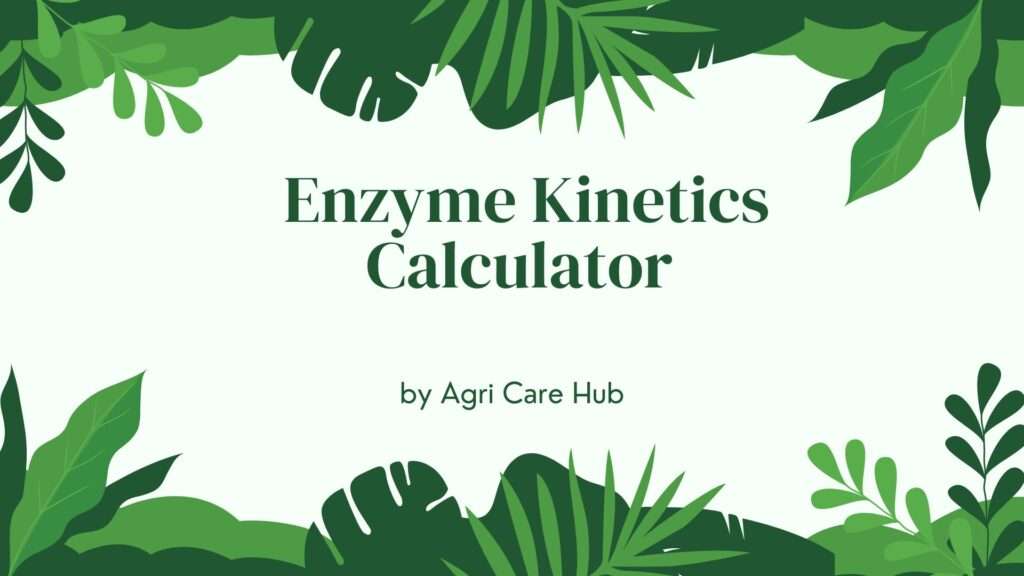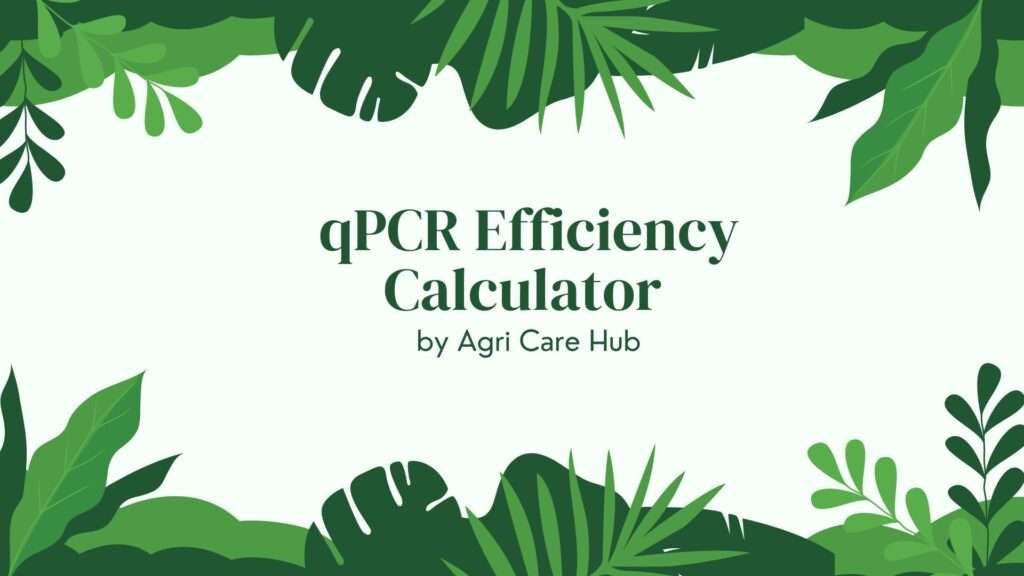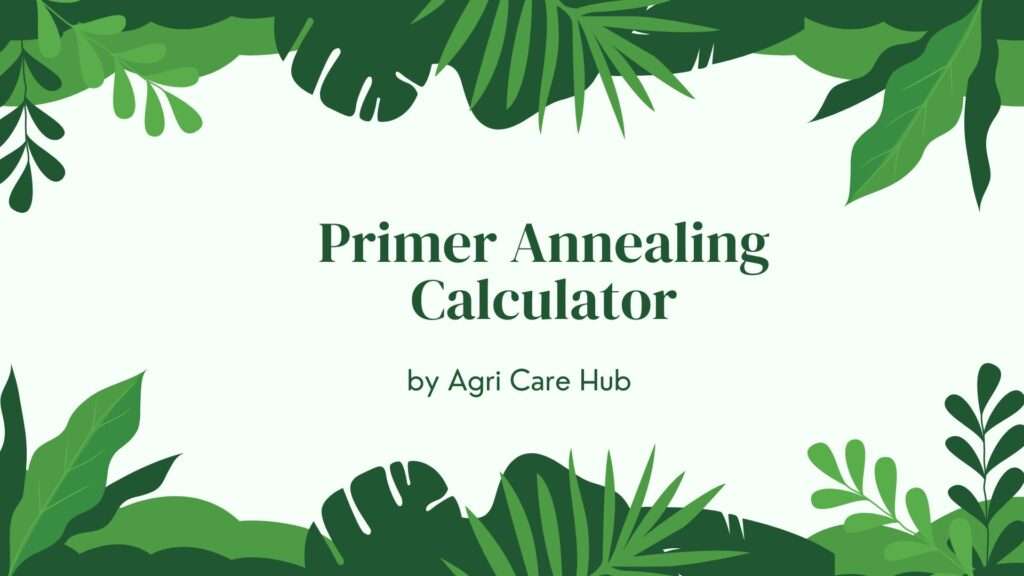Enzyme Inhibition Calculator
Calculate Enzyme Inhibition Parameters
About the Enzyme Inhibition Calculator
The Enzyme Inhibition Calculator is a powerful tool designed to assist researchers, students, and professionals in understanding and analyzing enzyme kinetics under inhibition conditions. By inputting key parameters such as Km, Vmax, substrate concentration, inhibitor concentration, and inhibition constant (Ki), this calculator provides precise calculations of reaction velocity based on the Michaelis-Menten model modified for different types of enzyme inhibition: competitive, non-competitive, and uncompetitive. This tool, offered by Agri Care Hub, ensures accurate results grounded in established scientific principles, making it a reliable resource for biochemical research. Learn–
Importance of the Enzyme Inhibition Calculator
Enzyme inhibition is a critical concept in biochemistry, pharmacology, and agricultural science, as it helps understand how enzymes—biological catalysts—can be modulated by inhibitors. The Enzyme Inhibition Calculator simplifies complex calculations, enabling users to predict how inhibitors affect enzyme activity. This is vital for drug development, where inhibitors are designed to target specific enzymes, and in agriculture, where enzyme inhibitors can influence metabolic pathways in crops or pests. By providing instant calculations, this tool saves time and enhances the accuracy of experimental planning and data analysis.
User Guidelines
To use the Enzyme Inhibition Calculator effectively, follow these steps:
- Select Inhibition Type: Choose between competitive, non-competitive, or uncompetitive inhibition from the dropdown menu.
- Enter Km: Input the Michaelis Constant (Km) in micromolars (µM), which represents a measure of the affinity of the enzyme for the substrate.
- Enter Vmax: Provide the maximum velocity (Vmax) in micromoles per minute (µmol/min), indicating the maximum rate of the enzyme-catalyzed reaction.
- Enter Substrate Concentration [S]: Specify the substrate concentration in µM.
- Enter Inhibitor Concentration [I]: Input the inhibitor concentration in µM.
- Enter Ki: Provide the inhibition constant (Ki) in µM, which indicates the inhibitor’s binding affinity.
- Calculate: Click the “Calculate” button to obtain the reaction velocity and modified kinetic parameters.
Ensure all inputs are positive numbers to avoid errors. The calculator will display the reaction velocity and, where applicable, the apparent Km or Vmax values adjusted for inhibition.
When and Why You Should Use the Enzyme Inhibition Calculator
The Enzyme Inhibition Calculator is invaluable in various scenarios:
- Research: For biochemists studying enzyme kinetics, this tool provides quick and accurate calculations to analyze inhibition effects without manual computations.
- Education: Students learning about Enzyme Inhibition can use this calculator to visualize how different inhibitors affect enzyme activity, reinforcing theoretical concepts.
- Drug Development: Pharmacologists can use the calculator to model how potential drug candidates inhibit target enzymes, aiding in the design of effective therapeutics.
- Agriculture: In agricultural science, understanding enzyme inhibition can help develop pesticides or herbicides that target specific metabolic pathways in pests or plants.
Using this calculator ensures that your analyses are based on rigorous scientific formulas, reducing the risk of errors and enhancing the reliability of your results.
Purpose of the Enzyme Inhibition Calculator
The primary purpose of the Enzyme Inhibition Calculator is to provide a user-friendly, scientifically accurate tool for calculating enzyme kinetics under inhibition conditions. It leverages the Michaelis-Menten equation, adapted for inhibition, to deliver precise results. The calculator supports three types of inhibition:
- Competitive Inhibition: The inhibitor competes with the substrate for the enzyme’s active site, increasing the apparent Km without affecting Vmax.
- Non-competitive Inhibition: The inhibitor binds to a site other than the active site, reducing Vmax without altering Km.
- Uncompetitive Inhibition: The inhibitor binds only to the enzyme-substrate complex, reducing both Km and Vmax.
By automating these calculations, the tool helps users focus on interpreting results rather than performing complex math, making it an essential resource for both academic and practical applications.
Scientific Basis of the Calculator
The Enzyme Inhibition Calculator is grounded in the Michaelis-Menten model, a cornerstone of enzyme kinetics. The standard Michaelis-Menten equation is:
v = (Vmax * [S]) / (Km + [S])
Where v is the reaction velocity, Vmax is the maximum velocity, [S] is the substrate concentration, and Km is the Michaelis constant. For inhibition, the equations are modified as follows:
- Competitive Inhibition: v = (Vmax * [S]) / (Km * (1 + [I]/Ki) + [S])
- Non-competitive Inhibition: v = (Vmax / (1 + [I]/Ki)) * [S] / (Km + [S])
- Uncompetitive Inhibition: v = (Vmax * [S]) / (Km + [S] * (1 + [I]/Ki))
These formulas, derived from peer-reviewed biochemical research, ensure that the calculator provides accurate and reliable results. The tool is designed to handle real-world data inputs, making it practical for experimental use.
Applications in Agriculture
In agriculture, enzyme inhibition plays a significant role in developing sustainable solutions. For instance, inhibitors can target enzymes in pests, disrupting their metabolic processes without harming crops. The Enzyme Inhibition Calculator can help researchers at institutions like Agri Care Hub model these interactions, optimizing the design of environmentally friendly pesticides. Additionally, understanding enzyme inhibition can improve crop resilience by targeting enzymes involved in stress responses.
Benefits of Using This Tool
The Enzyme Inhibition Calculator offers several advantages:
- Accuracy: Calculations are based on validated scientific formulas, ensuring reliable results.
- Ease of Use: The intuitive interface requires no advanced mathematical skills, making it accessible to a wide audience.
- Time-Saving: Automates complex calculations, allowing users to focus on analysis and application.
- Versatility: Supports multiple inhibition types, catering to diverse research needs.
Whether you’re a student, researcher, or professional, this tool enhances your ability to study and apply enzyme inhibition effectively.
Limitations and Considerations
While the Enzyme Inhibition Calculator is highly reliable, users should be aware of its limitations. The tool assumes ideal conditions and does not account for factors like enzyme denaturation, substrate depletion, or complex inhibition mechanisms (e.g., mixed inhibition). Users should validate results with experimental data when possible. Additionally, accurate input values are crucial for meaningful outputs, so ensure that Km, Vmax, and Ki values are derived from reliable sources or experiments.
Conclusion
The Enzyme Inhibition Calculator is an essential tool for anyone involved in biochemical research, education, or agricultural applications. By providing accurate, user-friendly calculations based on the Michaelis-Menten model, it simplifies the study of enzyme inhibition. Whether you’re designing drugs, developing pesticides, or teaching enzyme kinetics, this tool, supported by Agri Care Hub, offers a reliable and efficient solution. Start using the Enzyme Inhibition Calculator today to enhance your research and achieve precise, scientifically sound results.












